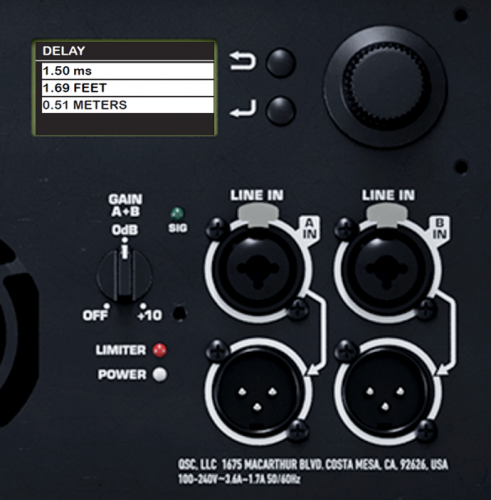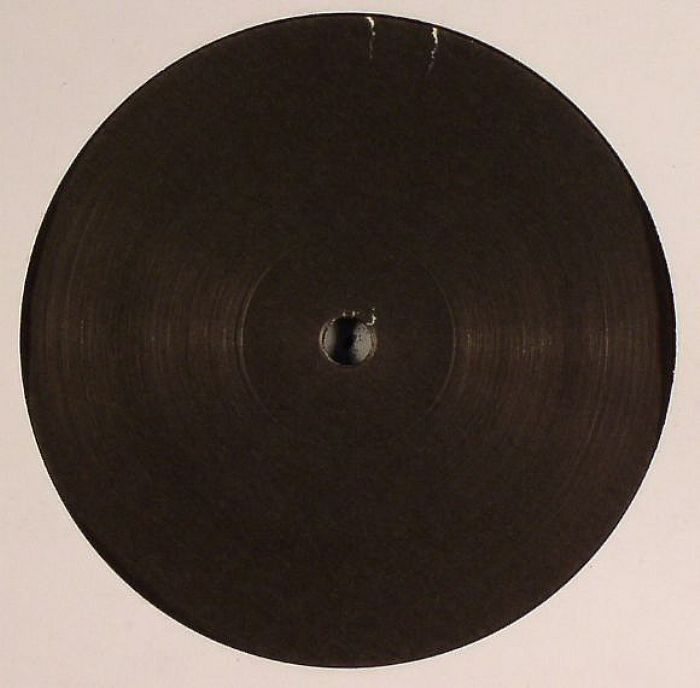
Right, it was designed with the ideas of the early '90s. You know, I could have just kept adding more and more sound processing types to that, but I thought, 'That's it for that.' It reached a point where it was sort of pointless to keep going in that direction. Let's talk about the various functions in SoundHack.

There's the binaural filter, which is a method of using filters that emulate your ears and allow you to place monaural sounds at any angle around your head. Spectral dynamics is a process which takes the sound apart and then applies dynamics processing on each band separately, so as each band passes the threshold it has its own response to the compressor, expander, noise gate or ducker. It's kind of like having the output of a bank of bandpass filters hooked into your board and tweaking each one. It's an FFT, so it gives you up to 8192 bandpass filters that are then fed into 8192 dynamics processors, and then reassembled with the inverse FFT. Now, convolution is a method of multiplying two spectra together to get a new sound, which emphasizes the things that the two original sounds have in common. So it's as if one sound resonates through another sound. One of the sounds could be the impulse response of a room. You pop a balloon in a room and you get the impulse response recorded and then you can use that impulse response in convolution, you can send one sound through that room response and get the sound of the sound in the room.

That's how people most use convolution now, as a reverb. That's a pretty easy way to think of it, as a reverb or room simulator. But then you can move on to other sounds, like the duck playing through the banjo.

If you walk into a room and you clap your hands and you hear a duck quack, and then you play instruments in that room, that duck quack room, then you have a little different reverb. There's the mutation functions in SoundHack.Īt that point you should probably stop thinking of it as a reverb. The mutation functions are something Larry Polansky and I experimented with. It's a set of algorithms for taking two sounds and selectively combining the two sounds' spectral components to make a new sound, a lot of which have randomness built into them. SoundHack Delay Trio – a group of three plugins derived from the same basic delay algorithm: a hermite interpolated delay line with variable modulation, and a feedback loop with dc blocking and saturation.The mutation functions were more just trying many different ways of doing the combinations and seeing if.Soundhack’s Tom Erbe has released new versions of all of his plugins for Mac, in Audio Unit and VST forms.

Pitch shifting is achieved with a dual head crossfading delay (ala Eltro Tempophon/Dennis Gabor/Pierre Schaeffer phonogene) and is decidedly low-?. +compand – a combined compressor/expander plugin.+chebyshev – a distortion unit which uses various low-order chebyshev polynomials to add even or odd harmonic distortion.The saturating feedback also allows them to be great drone and noise generators. +decimate – bit depth and sample rate reduction for added aliasing and decimation noise.It has a softknee control as well as a switchable rms/peak level detector.


 0 kommentar(er)
0 kommentar(er)
